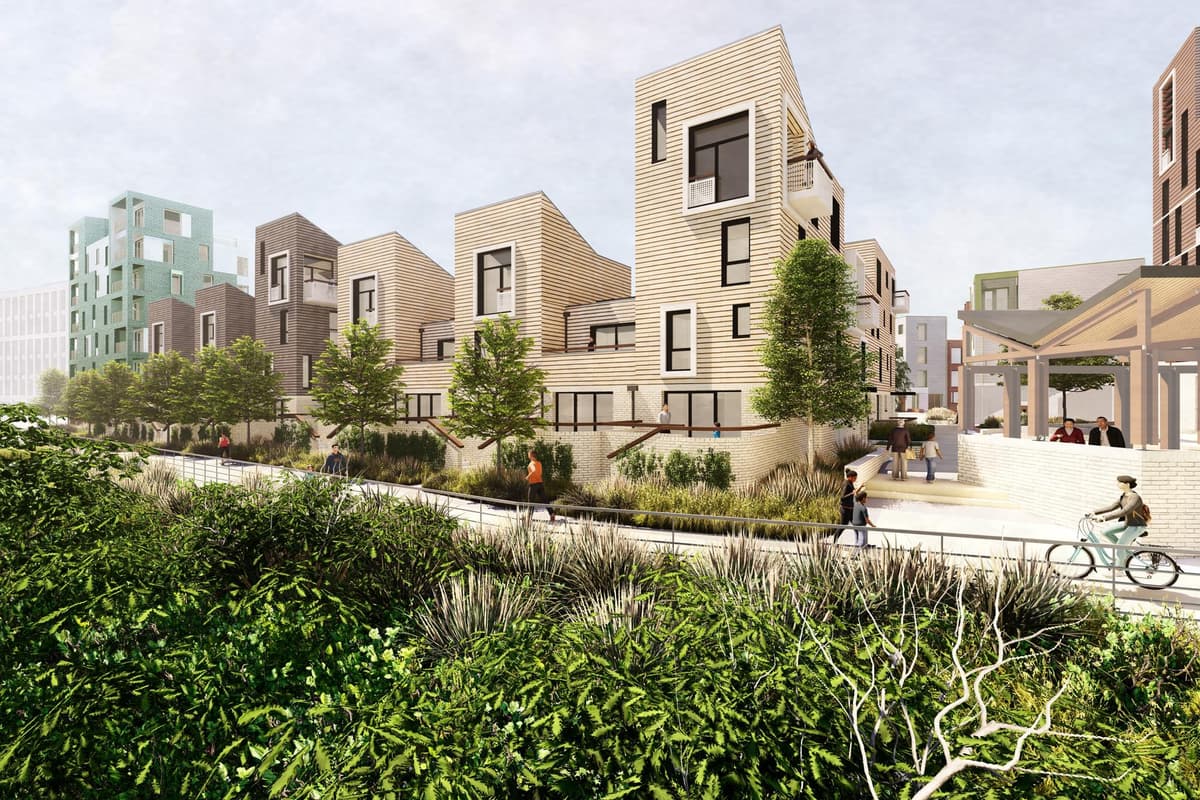bobster999
Winger
The contractors confirmed

 www.sunderlandecho.com
www.sunderlandecho.com

City chiefs confirm contractor appointed to lead construction of 'ultra-modern' homes on former Vaux Brewery site
Work is set to start later this year on the latest stage of the redevelopment of the former Vaux Brewery site.
